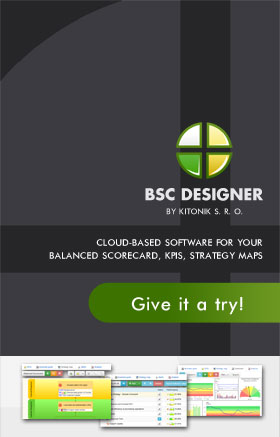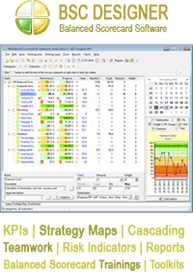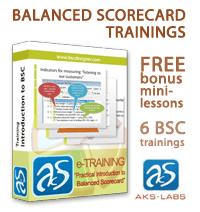Measuring Call Center Performance Accurately
Whatever business you are operating or managing, you will surely want to measure its performance. This way, you can see for yourself how progressive your business is, in terms of profit and growth. However, this is not as easy as it may seem. This is because each and every business comes with different priorities, needs, goals, and objectives, and all of these have to be considered when you want to measure performance. The same thing goes with call centers. With the call center industry booming at its peak nowadays, it becomes a must to know just how to measure call center performance. And when it comes to accurate measurement, this can be achieved through the implementation of metrics.
Call center metrics should be a mainstay in the call center industry. These are quantifiable factors are used to measure the quality, the service, and the efficiency of call centers. These are the categories in use in the development of call center metrics. Now, with the specific metrics themselves, there just might be differences amongst the different call centers in the industry. This is inevitable because even if two call centers belong to the same industry, these call centers would still have different corporate goals and objectives that they want to achieve. What’s more, their very operations would have different mechanisms and such as well. Thus, there would be differences to note down. However, there are also similarities that you need to pay attention to.
Blockage
As much as managers of call centers would hate to admit, there would definitely come a time when customers cannot connect to a live agent, no matter how many times customers place their calls. There are various reasons behind this. Perhaps there are just too many callers waiting on queue, and this results to a blockage of calls for other callers. There may also be times when the call center’s facilities would just be inadequate during a given time. All these reasons have to be looked into by call centers so that blockage can be prevented in the future. After all, this can cause much customer dissatisfaction.
Average Handling Time (AHT)
This is actually the number of minutes agents are given to solve the issues of their callers. This figure differs from one department to another. For instance, technical support representatives would be given longer AHTs since they have to do some troubleshooting when required. Customer service representatives, on the other hand, would deal with just billing issues and such. Thus, it would be understandable for them to have shorter AHTs.
Abandon Rate
This is somewhat related to blockage. When a customer waits for a representative to take his call, not knowing that there is some sort of blockage going on, the customer just might abandon the call altogether. This means customer dissatisfaction still, so call centers better include this in the metrics that they develop.
Customer Satisfaction
Of course, since this is one of the primary goals that call centers aim to achieve, then this should also be included in the metrics being developed. This way, call centers can determine the necessary measures to implement in ensuring customer satisfaction.
These are just some of the metrics that are needed in measuring call center performance. With these included, the progress of call centers will surely be guided accordingly.
—
If you are interested in call center performance, check this web-site to learn more about contact center roi.


